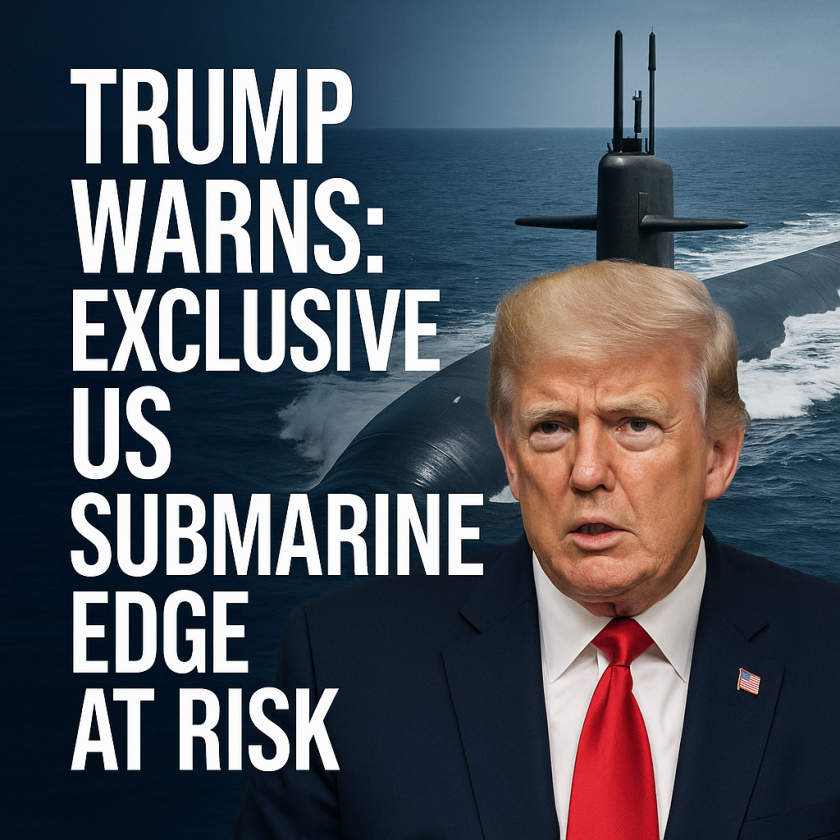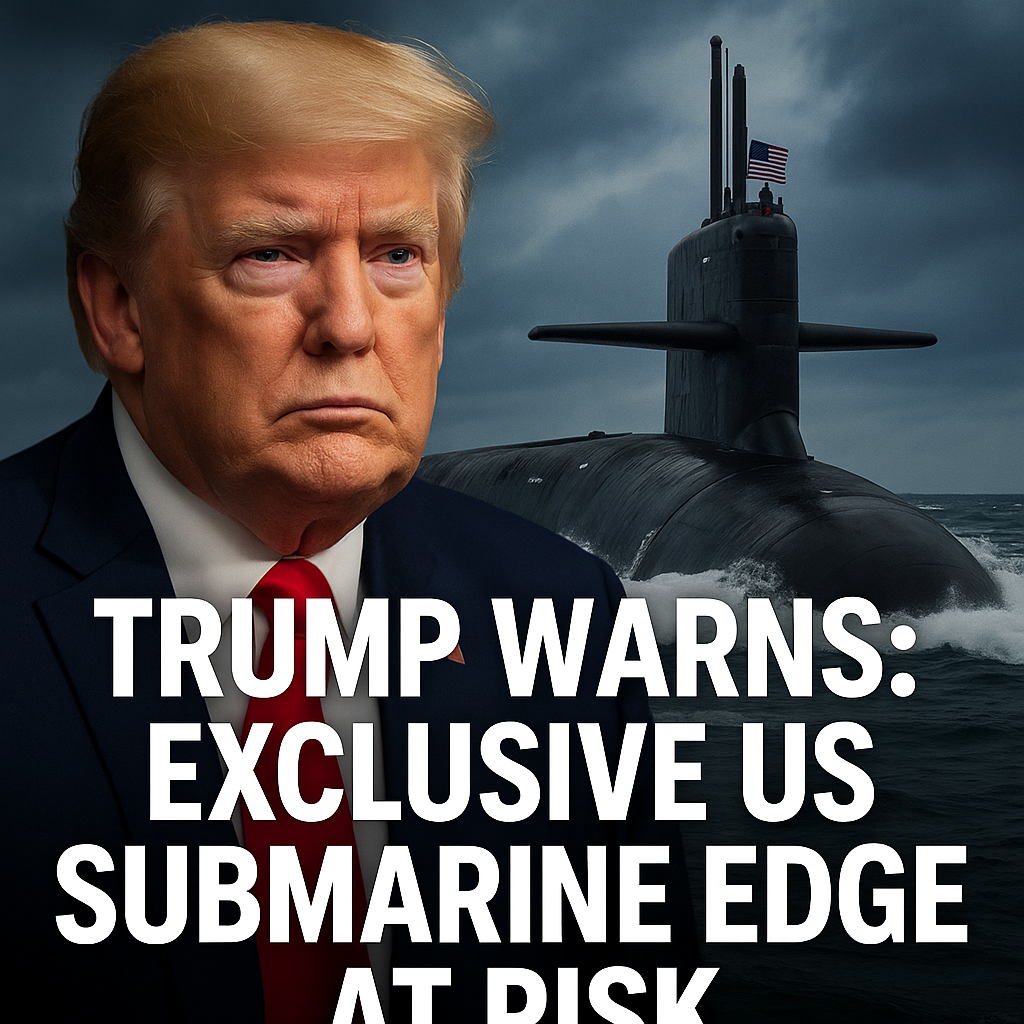Trump Warns: Exclusive US Submarine Edge at Risk
Trump Warns: Exclusive US Submarine Edge at Risk
Trump recently sparked attention by stating that the United States’ submarine superiority is under threat, primarily due to advancements in Russia and China’s naval capabilities. This remark opens up a multifaceted discussion about the current state of military technology, global security dynamics, and the implications for U.S. defense strategy.
The Evolving Submarine Landscape

Trump’s warning comes against the background of increased investments in naval technology by both Russia and China. Reports indicate that both nations are focusing on developing advanced submarines equipped with state-of-the-art stealth capabilities and offensive weaponry.
For instance, a piece from Al Jazeera highlights that Russia’s new Borei-class submarines and China’s Type 096 submarines are significant steps forward in underwater warfare technology. Analysts argue that the naval race underscores a broader contest of military might, especially as geopolitical tensions rise in regions like the South China Sea and the Arctic.
– Russia’s Advances: The Borei-class submarines, designed to carry intercontinental ballistic missiles, bolster Russia’s second-strike capabilities. They are quiet and stealthy, making them formidable adversaries against U.S. naval forces.
– China’s Expansion: China’s Type 096 submarines promise to enhance its sea-based nuclear deterrent and mirror the design philosophies found in U.S. Virginia-class submarines. Additionally, China’s naval strategy encompasses not just submarine advancements but also a significant investment in anti-submarine warfare capabilities.
In contrast, the U.S. Navy has long maintained its dominance through investments in submarine technology, notably the Virginia-class submarines. However, the speed of Russian and Chinese advancements raises questions about whether the U.S. can sustain its lead. Experts are divided; some argue that the U.S. still holds a technological edge, while others warn that complacency could lead to vulnerabilities.
Evaluating Military Preparedness and Strategy
The risks associated with potential shifts in submarine hegemony may have extensive ramifications for U.S. military strategy and defense spending. As noted in various reports, Trump’s alarm about the submarine gap is not unfounded yet prompts questions about how policymakers should respond:
1. Increased Defense Spending: Some analysts advocate for ramping up defense budgets to further enhance submarine capabilities, arguing that maintaining superiority is essential not just for deterrence but also for operational effectiveness in potential conflict zones.
2. Strengthening Alliances: Others suggest enhancing partnerships with allies can help mitigate risks. This includes joint exercises and technology sharing, allowing the U.S. and its partners to leverage strengths collectively against shared threats from aggressor nations.
Understanding whether substantial investments in submarine technology will yield tangible security benefits involves navigating complex military budgets and projections. Ideas for reallocating resources could play a vital role in ensuring that U.S. naval power isn’t compromised by the fast-paced developments in other nations.
The Complexity of National Security
While it’s easy to react to Trump’s comments with alarm, a broader examination reveals that the balance of power at sea is as much about strategy, intelligence, and alliances as it is about sheer technological superiority.
Some defense experts argue that the current submarine gap, while concerning, should be viewed within the larger context of U.S. strategic interests. According to them, the focus should not just be on submarines but also on the integration of emerging technologies like AI and drone warfare into naval operations. This holistic view allows military planners to adapt naval strategies to counter evolving threats effectively.
Conclusion: A Balanced Perspective
Trump’s caution regarding U.S. submarine dominance highlights a significant issue in global security discussions. While there’s merit to concerns about Russia and China enhancing their naval prowess, the response must be measured and strategic. Efforts must prioritize not merely superiority in number but also innovations in operational capabilities.
The potential shift in submarine dynamics emphasizes the need for an adaptive and responsive military strategy. It involves acknowledging vulnerabilities while leveraging alliances and technological advancements to sustain U.S. naval superiority. An informed approach to this nuanced issue is crucial for policymakers, military leaders, and the public as they navigate the shifting tides of global military power.





































